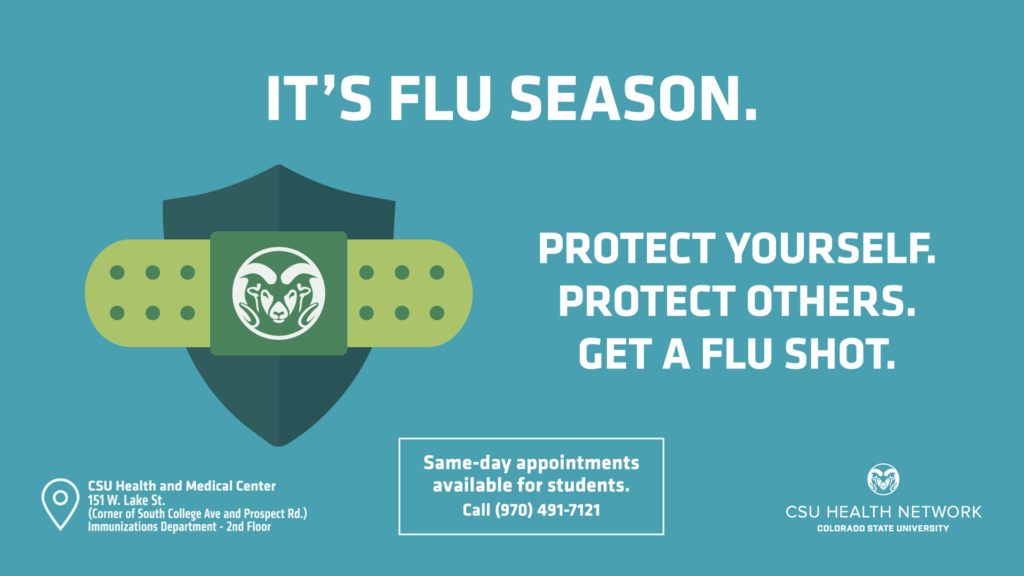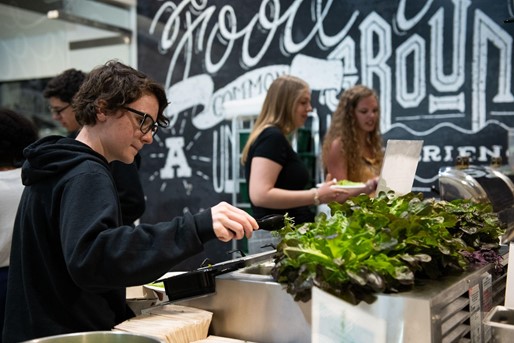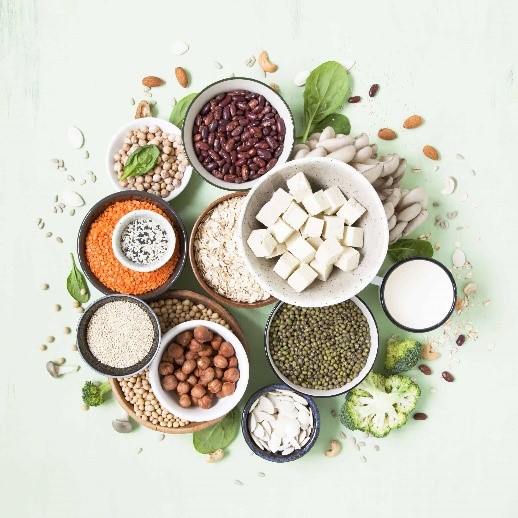By: Lucy Renfrow, Sustainability Intern

In early November, The Spoke, the on-campus student-led bicycling maintenance and educational training center, collected 548 pounds of used bike inner tubes from the CSU Community, and donated them to Green Guru Gear to be upcycled into new outdoor and lifestyle products.
Upcycling is the process of giving old, used, and unwanted items (aka “by-products”) a new life by transforming them into something “new.” By reusing materials that would otherwise end up in landfills, upcycling helps us reduce waste, increase material efficiency, and close the loop within the traditional product life cycle.
Green Guru Gear is a B-Corp certified business based in Boulder, Colorado that aims to empower individuals to have a good conscience while adventuring outdoors by keeping thousands of pounds of old outdoor gear materials out of landfills. To achieve this, old gear like bike inner tubes, climbing ropes, wet-suits, and tents are collected from local shops and communities, after which they are processed and sorted by Green Guru Gear to later be sewn into entirely new adventure gear, such as backpacks, pouches, wallets, and more.
This is not the first time that CSU has worked with Green Guru Gear to create something that aims to affect real change through greener practices; CSU has donated bike inner tubes to Green Guru in the past, which were made into small zipper pouches with special CSU “Rams Reduce, Reuse, UPcycle” tags, which you can purchase for $8 at The Spoke.
To purchase/browse upcycled items and to discover more about Green Guru Gear’s mission, visit their website at https://www.greengurugear.com.

 What are not-so-good things about caffeine?
What are not-so-good things about caffeine?



